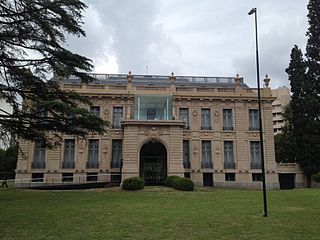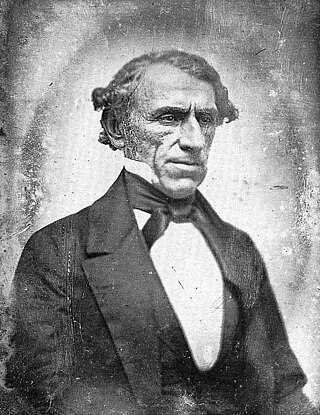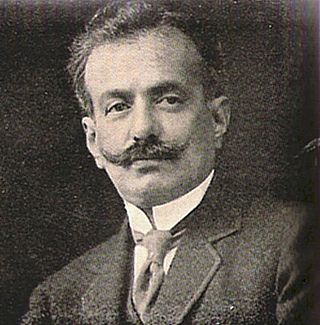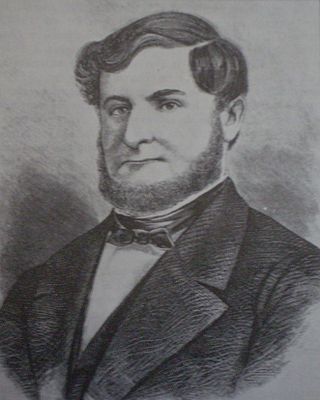| |||||
| Decades: | |||||
|---|---|---|---|---|---|
| See also: | Other events of 1875 List of years in Argentina | ||||
Events in the year 1875 in Argentina .
| |||||
| Decades: | |||||
|---|---|---|---|---|---|
| See also: | Other events of 1875 List of years in Argentina | ||||
Events in the year 1875 in Argentina .

Córdoba is a city in central Argentina, in the foothills of the Sierras Chicas on the Suquía River, about 700 km (435 mi) northwest of Buenos Aires. It is the capital of Córdoba Province and the second-most populous city in Argentina after Buenos Aires, with about 1.6 million urban inhabitants according to the 2020 census.

Victorino de la Plaza was an Argentine politician and lawyer who served as President of Argentina from 9 August 1914 to 11 October 1916.

The Civil Code of Argentina was the legal code in force between 1871 and 2015, which formed the foundation of the system of civil law in Argentina. It was written by Dalmacio Vélez Sársfield, as the culmination of a series of attempts to codify civil law in Argentina. The original code was approved on September 25, 1869, by the passage of Law 340, and became active on January 1, 1871. With numerous subsequent modifications, it continued to be the foundation of Argentine civil law for more than a century. On 1 August 2015, the Civil Code of Argentina was replaced by a new Civil and Commercial Code - Código Civil y Comercial de la Nación.

Dalmacio Vélez Sarsfield was an Argentine lawyer and politician who wrote the Civil Code of Argentina of 1869, which remained in force until 2015, when it was replaced by the new Código Civil y Comercial de la Nación.

Vélez Sársfield is a barrio or district in the western part of Buenos Aires, Argentina, located in the area defined by the streets Segurola Avenue, Juan Agustín García, Lope de Vega Avenue, Juan B. Justo Ave., Corro Ave., Medina, Juan Bautista Alberdi Ave. and Mariano Acosta.

Carlos Tejedor was an Argentine jurist and politician, Governor of Buenos Aires Province between 1878 and 1880. Tejedor was a prominent figure in the movement against the Federalization of Buenos Aires.
Sarsfield is a surname of Norman origin that may refer to:

Amancio Jacinto Alcorta was an Argentine composer, policy maker and politician.

The Buenos Aires Customs House (Aduana) is a government building and architectural landmark in the Montserrat section of Buenos Aires.

Gregorio Funes, also known as Deán Funes, was an Argentine clergyman, educator, historian, journalist and lawmaker who played a significant role in his nation's early, post-independence history.

Ramón José Cárcano was an Argentine lawyer, historian and politician who served as Governor of Córdoba from 1913 to 1916, and from 1925 to 1928.

Pastor Obligado was an Argentine lawyer and lawmaker who served as Governor of the secessionist State of Buenos Aires from 1853 to 1858.
Events in the year 1871 in Argentina.

Eduardo Acevedo Maturana was a Uruguayan jurist and politician.

Joaquín Canaveris was an Argentine attorney, merchant, politician and military man, who served as consignee in The Consulate of Buenos Aires. He had an active participation in the defense of Buenos Aires during the English invasions, serving as an Assistant in the battalion of Tercio de Vizcaínos.
Events in the year 1881 in Argentina.
Events in the year 1873 in Argentina.

Del Parque is a former train station in Buenos Aires, Argentina. It was the first railway station in the country, serving as terminus of Buenos Aires Western Railway. The station was located at the intersection of Cerrito and Tucumán streets.

Aurelia Vélez Sarsfield was an Argentine writer.
Events from the year 1924 in Argentina